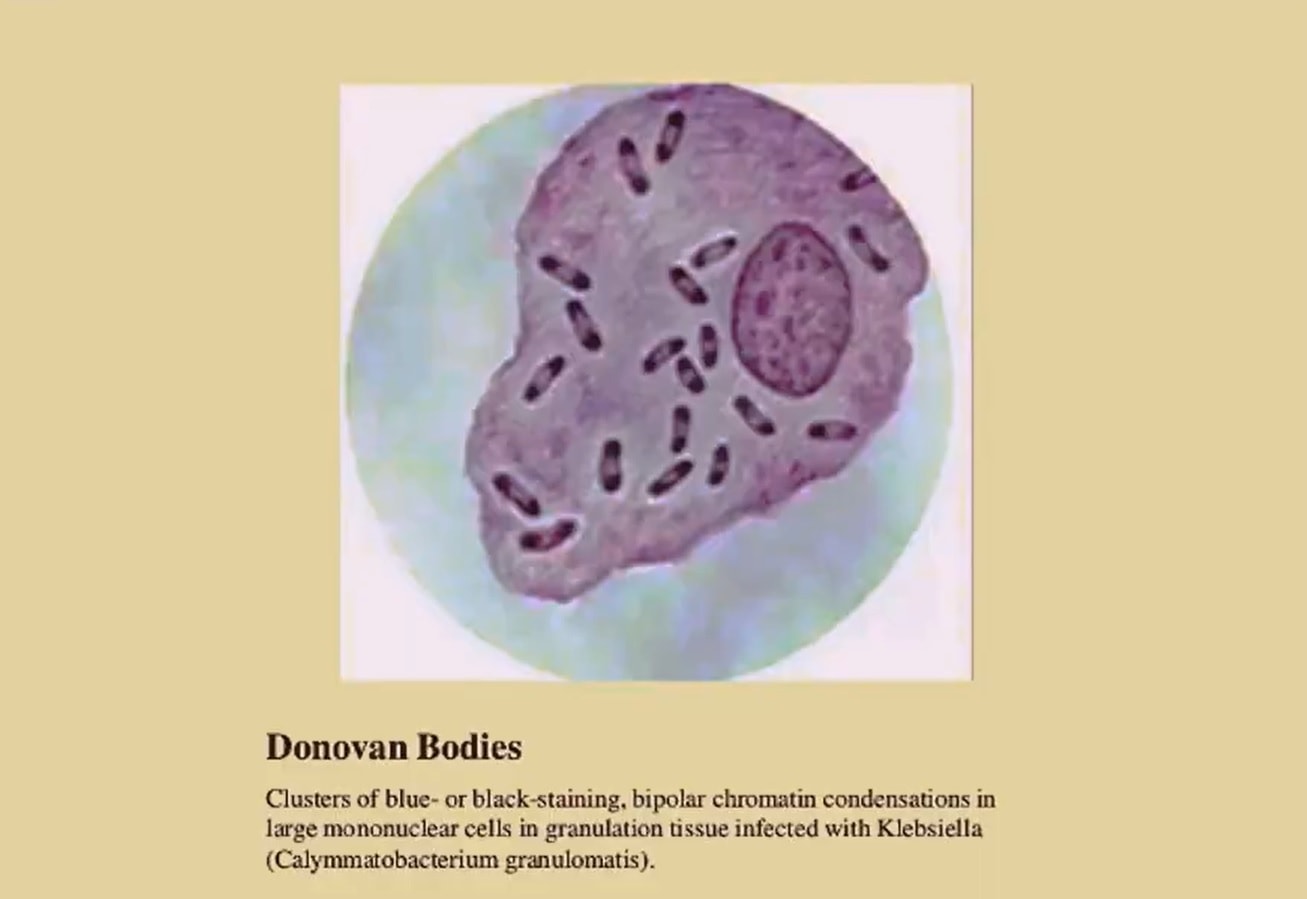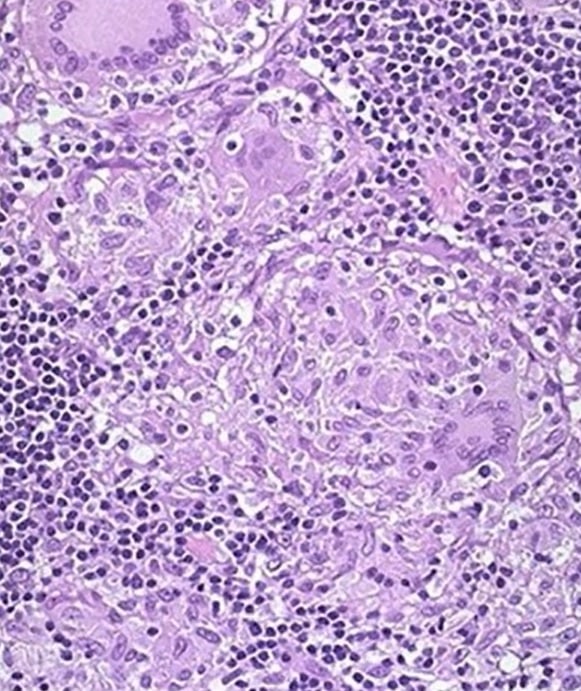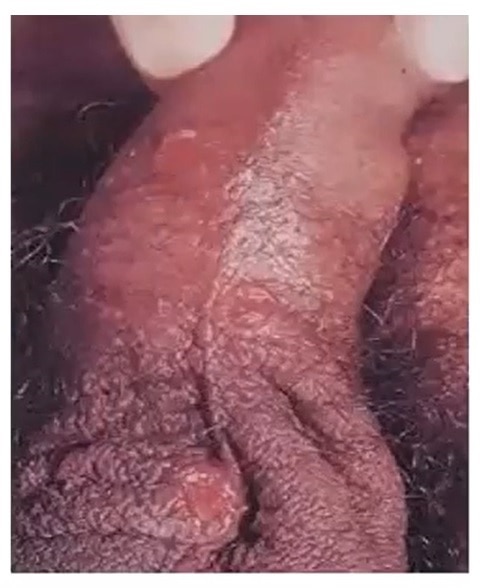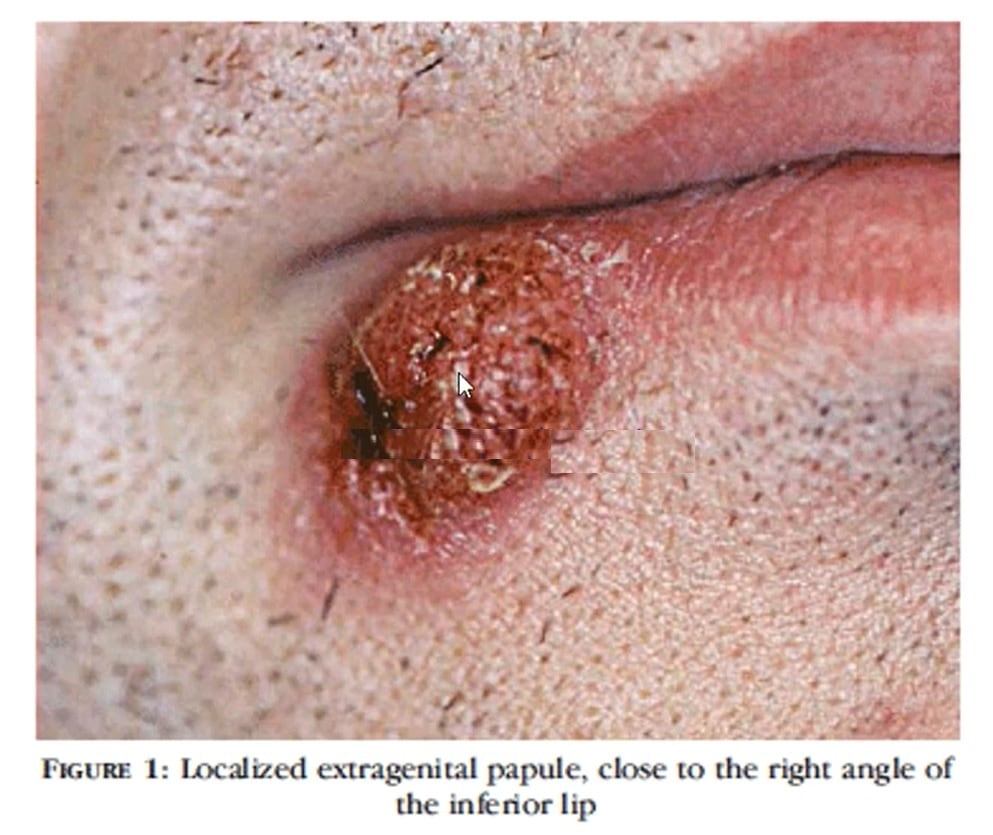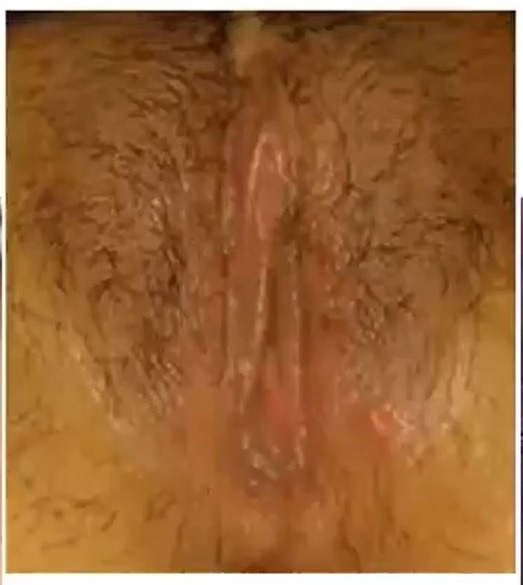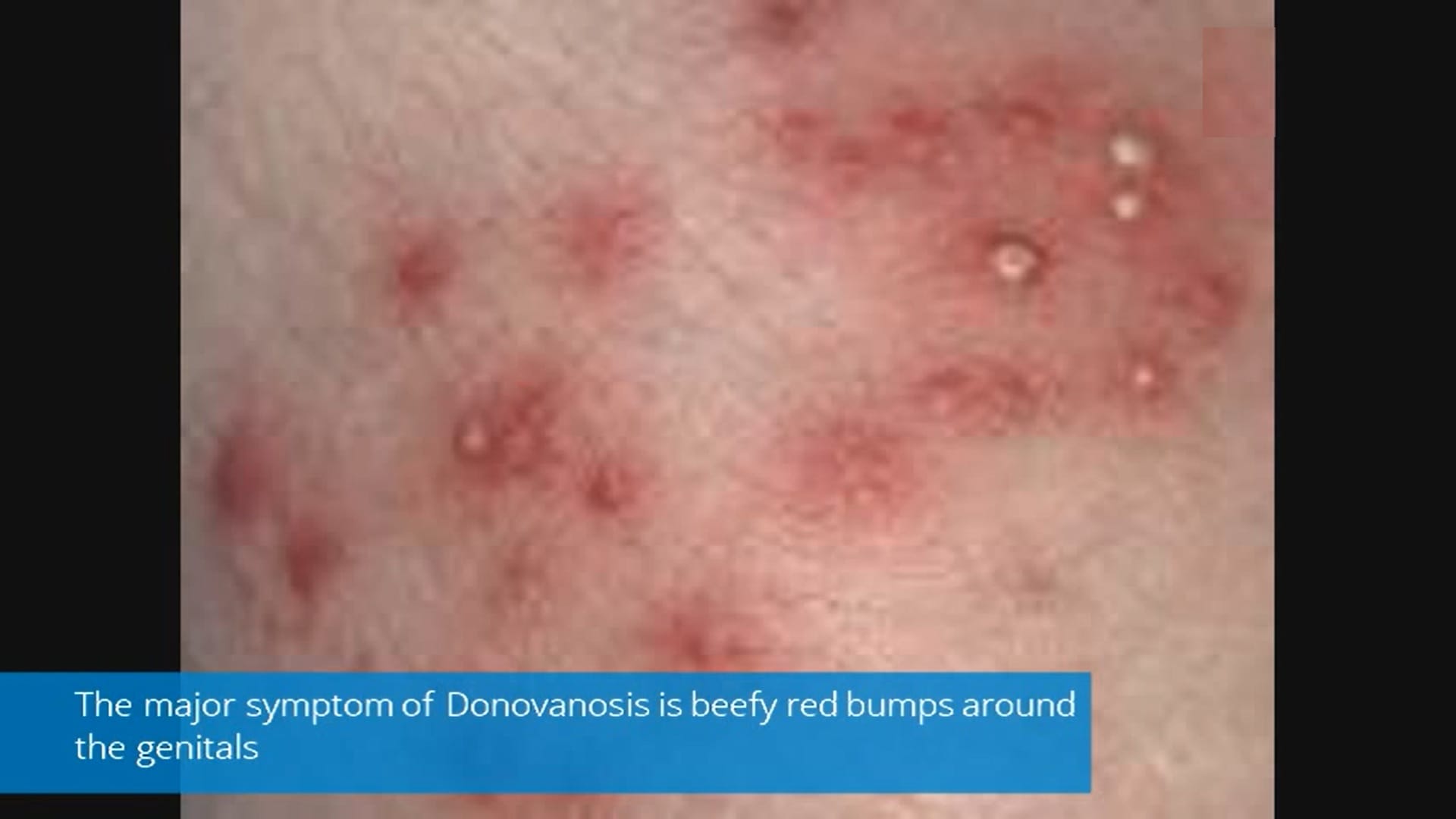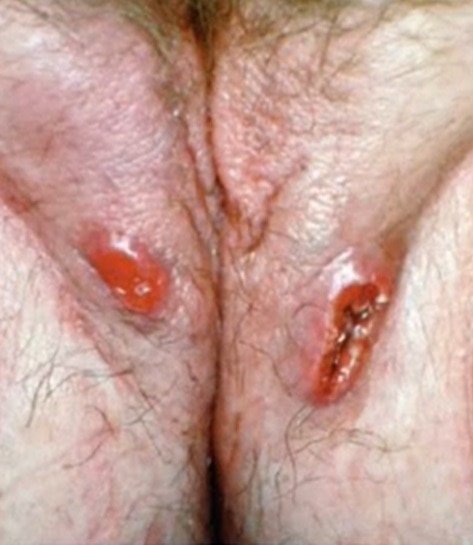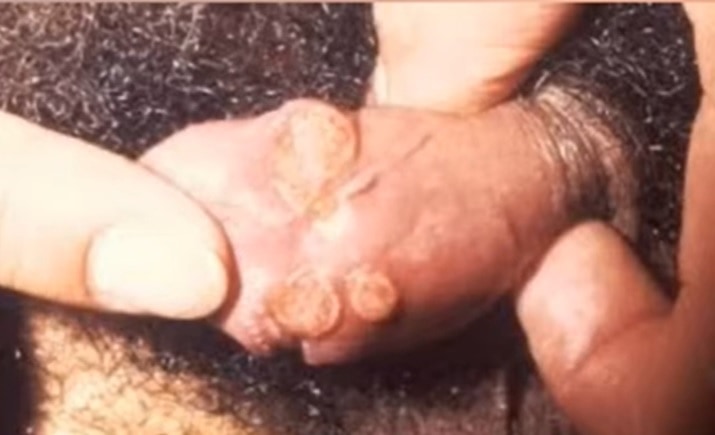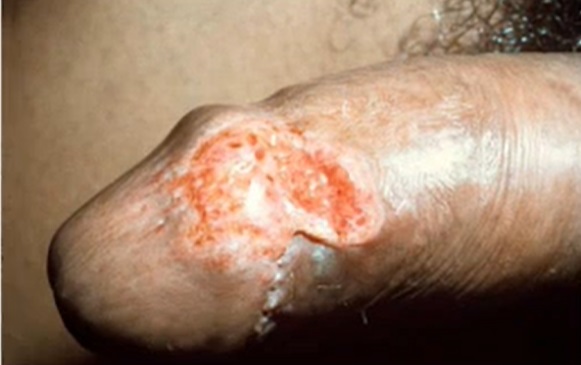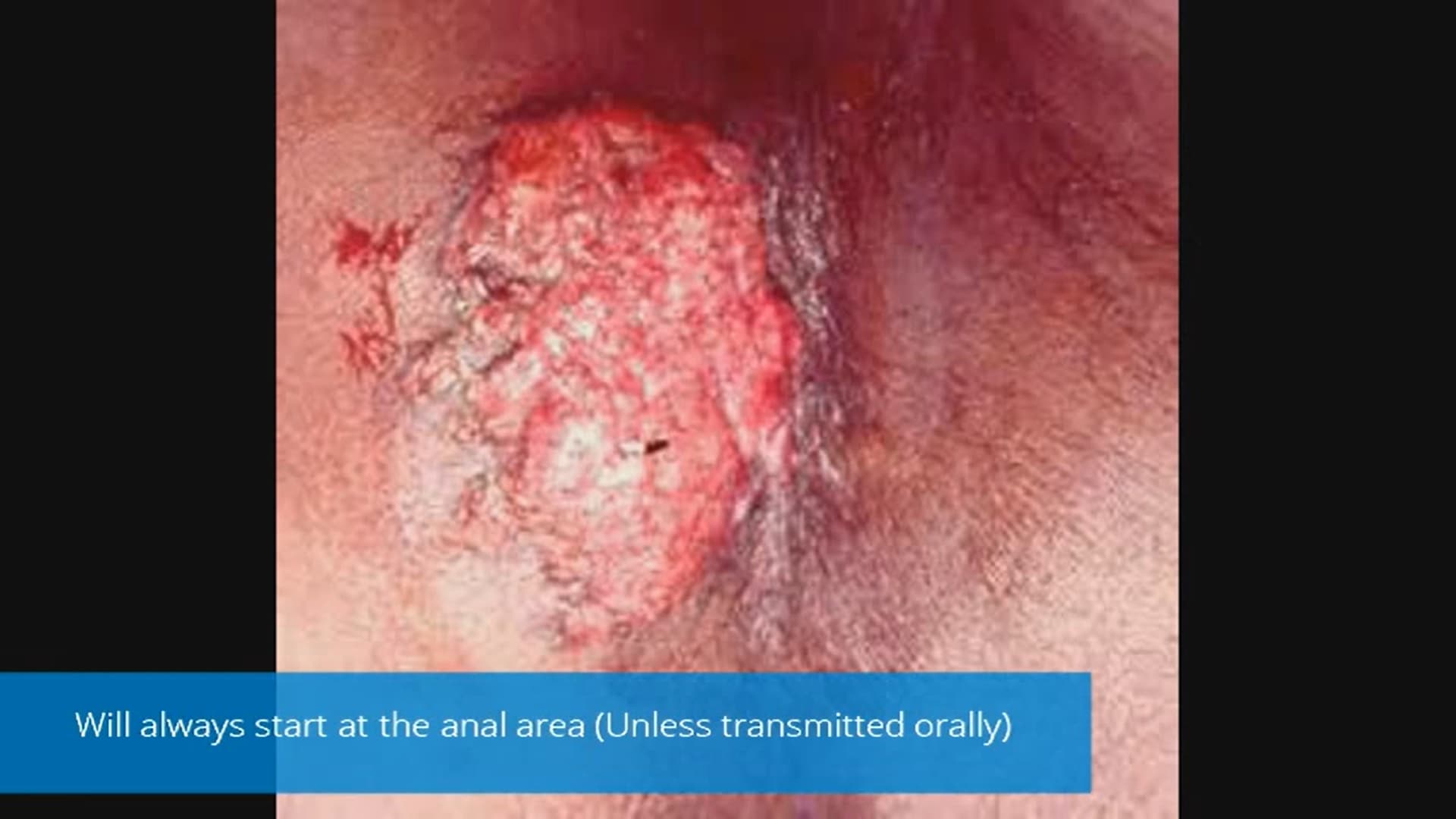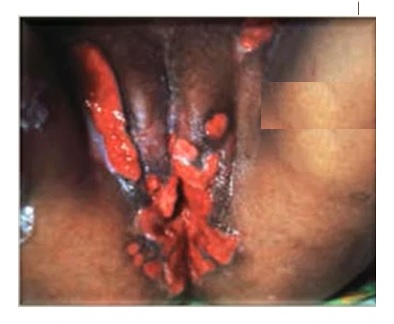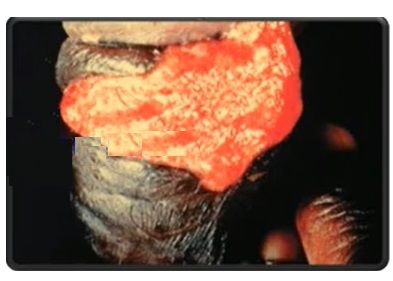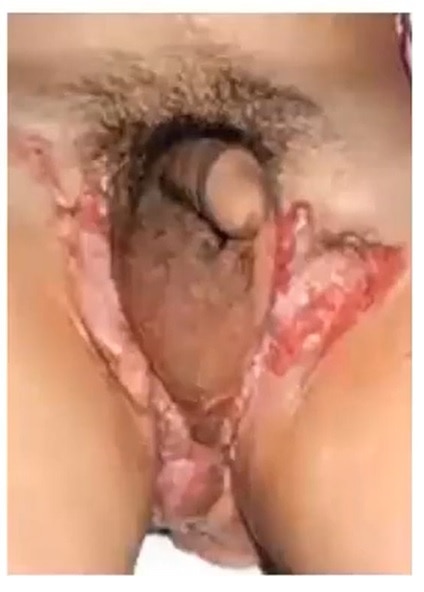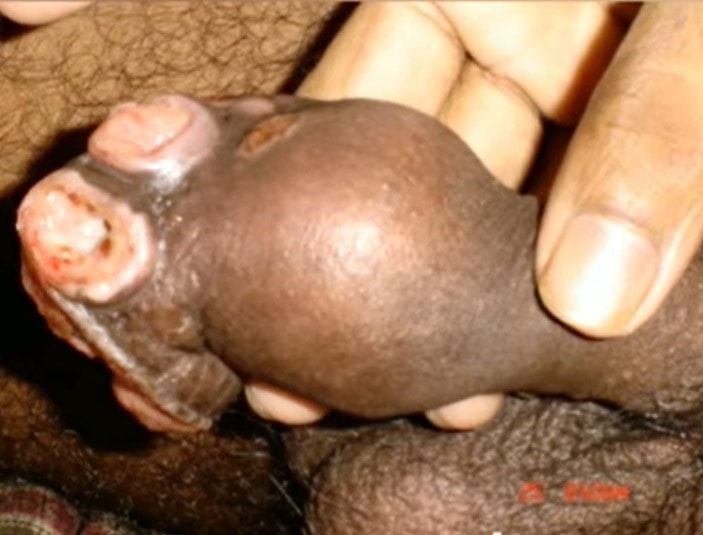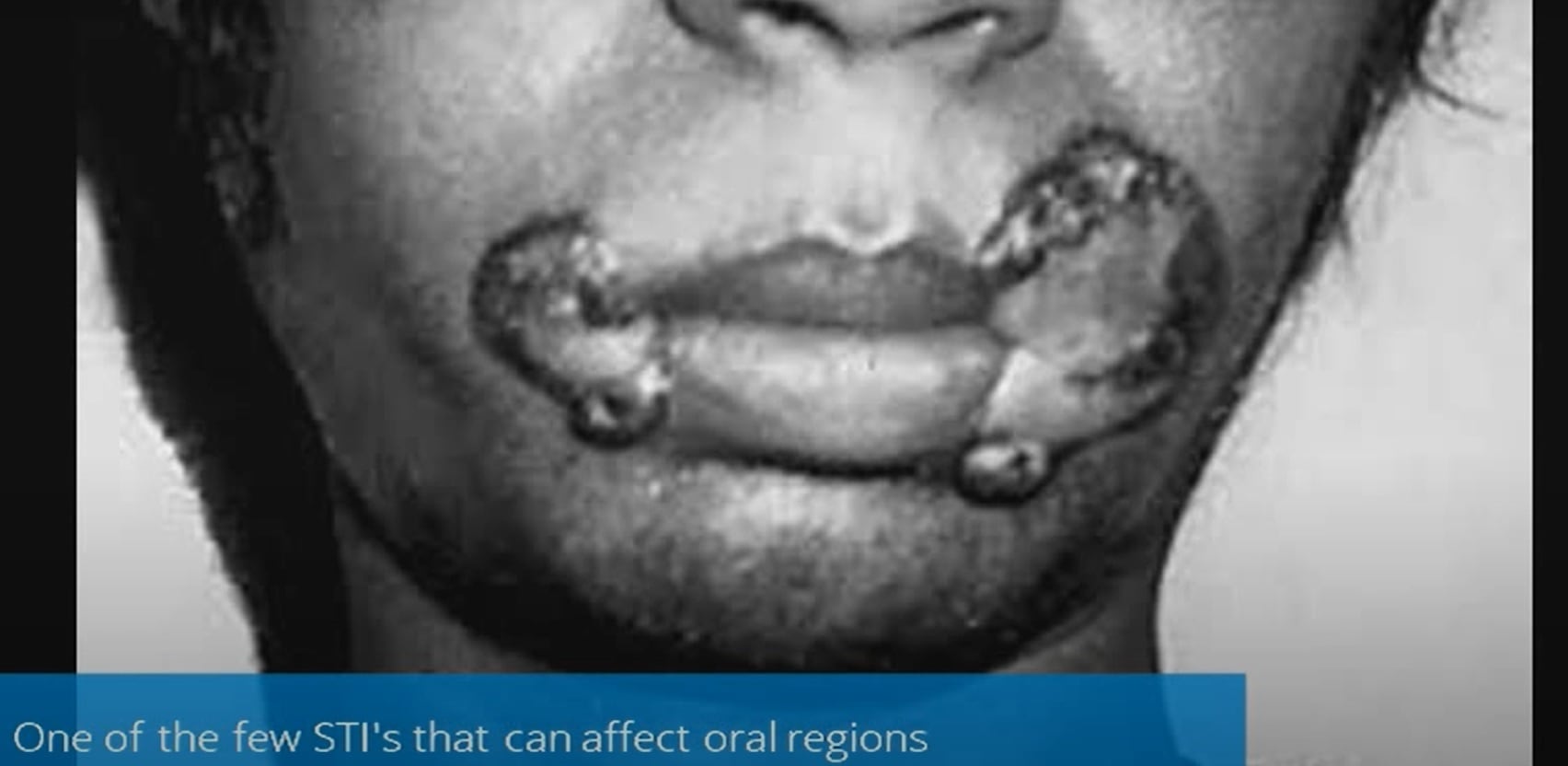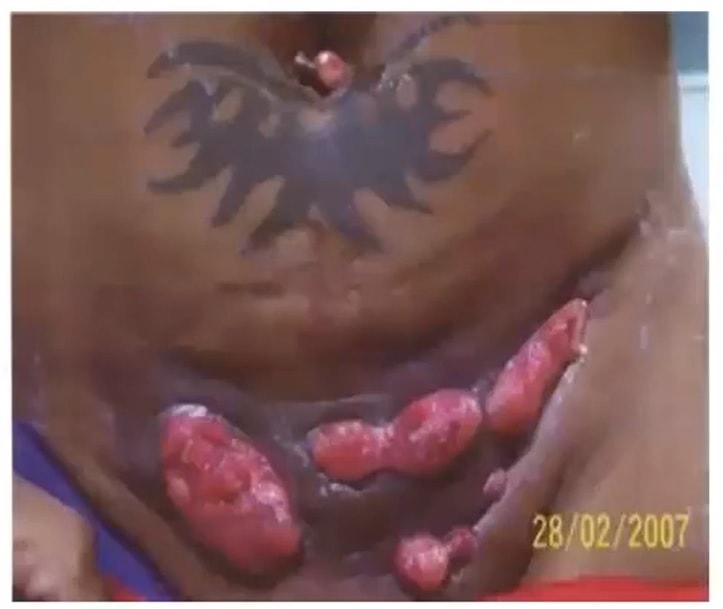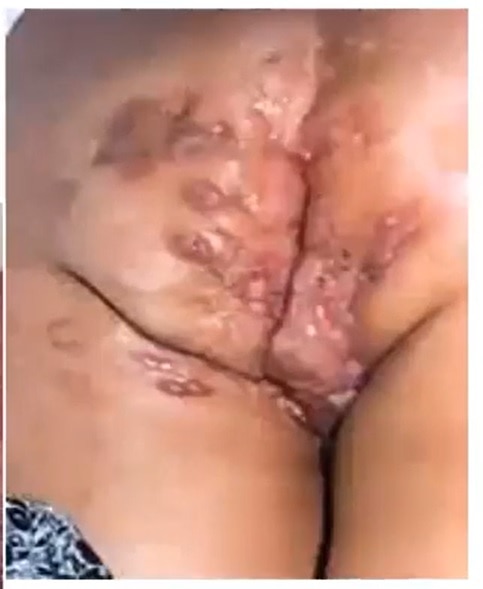Granuloma Inguinale or Donovanosis Pictures
Granuloma Inguinale or Donovanosis is a genital ulcerative disease caused by the bacteria named Klebsiella granulomatis. It is an STI and so it can spread through Sexual contact by having vaginal or anal intercourse or rarely through oral sex with the infected partner.
Donovanosis causes lesions on the genitals that are in most cases highly vascular, that is, beefy red appearance and can bleed. Extra genital infection can occur with infection extension to the pelvis or it can disseminate to intra-abdominal organs, bones or the mouth. Thus Donovanosis or Granuloma Inguinale is also known to be the flesh eating STI.
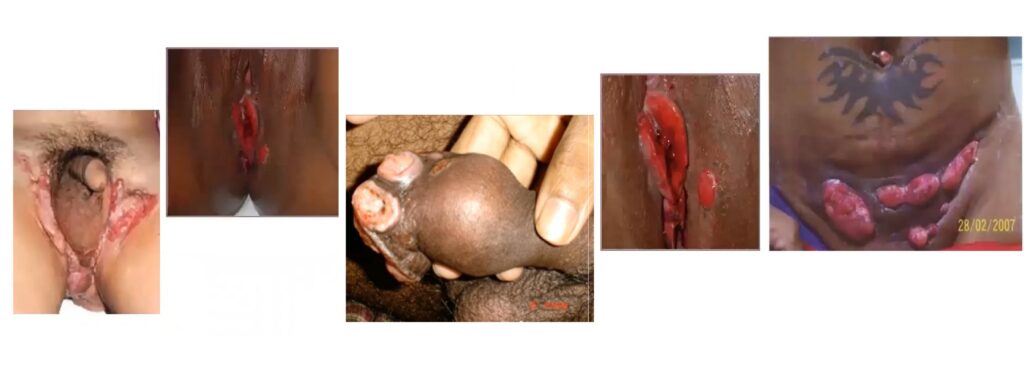
Clinically, this disease is characterized as painless slowly progressive ulcerative lesions on the genitals or perineum. Thus, what stands out is the condition brought to the genital areas of both men and women.
Signs of the condition of Donovanosis are on slow onset. Its symptoms can be seen as early as in 1 week and it may peak in 12 weeks. Individuals between the age of 20 to 40 years are more prone to contract Granuloma Inguinale.
Although the pictures of the STI Granuloma Inguinale look horrible, these lesions don’t appear all of a sudden, but they progress in roughly 3 stages.
Donovanosis Pictures: Lesion (symptoms) during the First stage
During the first stage of Donovanosis, a pimple-like lesion appears and it begins to eat away the surrounding tissue areas. As the tissue begins to wear away, it turns pink. The bumps then turn red nodules with a velvet like texture.(mostly around anus and genitals and around mouth in rare cases).
It is during this very first stage, when you can see ulcers start bleeding.
Donovanosis Pictures: Lesion (symptoms) during the Second stage
In the second stage of the disease, bacteria begins to erode the skin and peels off the skin from the surface. Thus, at this stage we can see shallow ulcers spread from the genitals and anus to thighs and lower abdomen area. A person can notice that the perimeters of the ulcers are lined with granulated tissue and it starts smelling from ulcers in few cases.
Donovanosis Pictures: Lesion (symptoms) during the Third stage
When granuloma inguinale advances to the third stage, the ulcer becomes more deep, highly vascular, beefy red appearance and can bleed and it morphs into the scar tissues. This condition is visually very graphic and due to this third stage the Donovanosis seems very dangerous.
Donovanosis symptoms in men
Granuloma Inguinale or Donovanosis is found to have affected more number of men, than women. In men, The lesions occur at the region of contact i.e. on the shaft of the penis and areas around it.
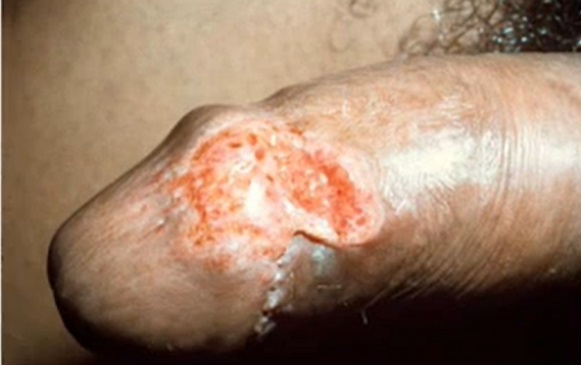
Donovanosis symptoms in females
In women, the affected area is the labia, or the perineum. Rarely, the vaginal wall or cervix is the site of the lesion
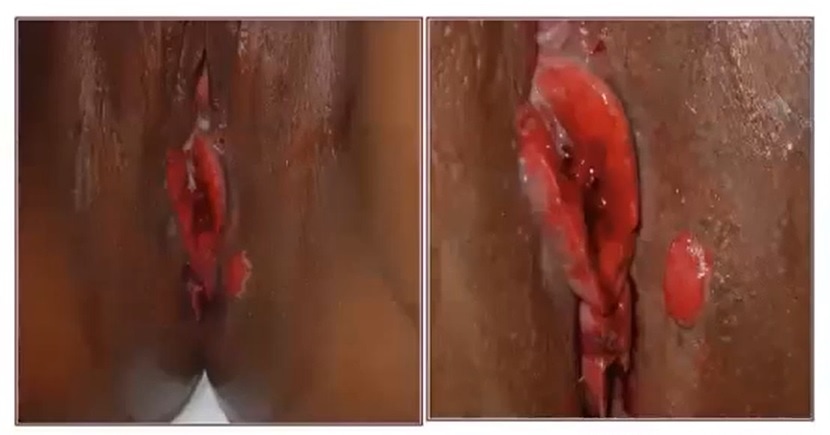
How is Donovanosis examined?
Donovanosis can be diagnosed by three different ways
- Physical Observation: By observing the lesion, their position and other symptoms
- Skin Biopsy : By scrapping some part of the skin from the ulcer and then culturing it.
- Blood test to look out for the Klebsiella granulomatis bacteria
For STD Testing near to your place, please visit this page to receive $10 discount on every order.
Is Donovanosis curable after treatment?
Donovanosis can be treated using antibiotics like Tetracycline and Macrolide Erythromycin. Streptomycin and ampicillin may also be used.
The treatment of the above mentioned medicines can continue roughly up to 3 weeks or until the infection is cured.
As the third stage results in deep ulcer and lesions are observed (around genitals, anal and inguinal areas) it is always advised to begin the treatment as early as possible to prevent permanent scarring and swelling.(thereby prevent organ function from impairing)
Can Donovanosis recur even after treatment?
Yes, Granuloma Inguinale or Donovanosis can recur even after treatment. Thus, routine examination is advised for a few months even after getting cured.
There are several other STD symptoms looks similar to Granuloma Inguinale please visit STD pictures page to check out.

